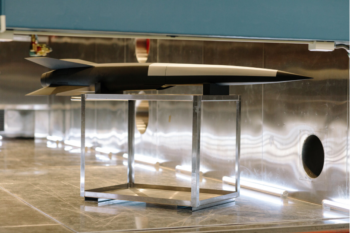
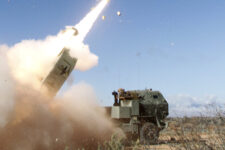
“Today, there is probably not one of our regional partners in the first island chain that would be willing to base Army — or any other service – long-range strike missiles in their country,” retired Lt. Gen. Thomas Spoehr says.
By Sydney J. Freedberg Jr.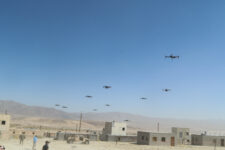
In April, the Yuma, Ariz. test range will host a competition of “low collateral damage” countermeasures designed to stop mini-drones without firing a shot. But can such a restrained approach stop the drone swarms Russia and others are developing?
By Sydney J. Freedberg Jr.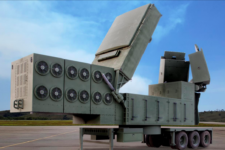
Unlike Patriot, LTAMDS can watch for drones, missiles, and planes coming from all directions at once. A single LTAMDS side panel is twice as powerful as the entire Patriot radar.
By Sydney J. Freedberg Jr.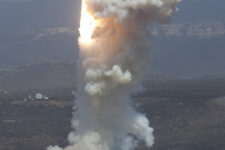
The Pentagon has long worried about the multi-billion dollar price tag that comes along with building a new interceptor field and its infrastructure. Influential lawmakers want a permanent site built that will support close to 1,000 jobs in their districts.
By Paul McLeary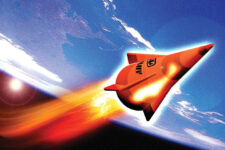
Offensive missiles are much cheaper than missile defenses. So is the best defense a good offense?
By Colin Clark
The new approach will focus on an urgent but largely unmet threat: Russian and Chinese cruise missiles.
By Sydney J. Freedberg Jr.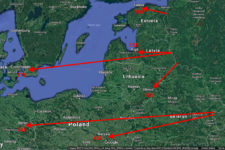
“Long-range precision fires… would provide us the capability (to) either, for example, support the Air Force by suppressing enemy air defenses at hundreds upon hundreds of miles or support the Navy by engaging enemy surface ships at great distances as well,” said Army Secretary Mark Esper. But those examples are two distinctly different missions, each most relevant to a different theater of war.
By Sydney J. Freedberg Jr.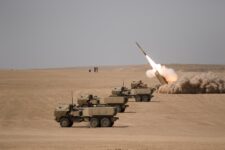
INF proponents emphasize the risk of nuclear weapons. But, despite its name, the treaty bans a wide range of conventional weapons as well — and it’s non-nuclear, precision-guided missiles that have changed how war is actually waged.
By Sydney J. Freedberg Jr.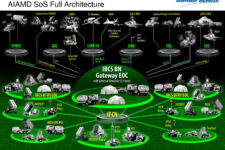
“There’s a real capability that can be deployed as soon as the government says it can be,” Northrop Grumman’s Rob Jassey told me, possibly even in “months.”
By Sydney J. Freedberg Jr.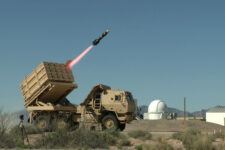
WASHINGTON: China or Russia could all too easily detect and destroy US Army missile defenses, exposing American forces to devastating attack, a forthcoming study finds. Patriot and THAAD units are big groups of big objects — launchers, radars, command posts — that emit lots of heat and radio/radar waves, are hard to camouflage, and can’t…
By Sydney J. Freedberg Jr.
“All warfare is based on deception,” Sun Tzu wrote 2,500 years ago. It’s a lesson the US military largely forgot after the Cold War, when we got in the habit of building huge, easily targeted bases. Now we must relearn deception as Russia, China, and other adversaries field, not only their own precision weapons, but…
By Sydney J. Freedberg Jr.
WASHINGTON: Two days after North Korea’s latest missile launch, the US conducted a successful test of its homeland missile defense system for the first time in almost three years. Codenamed FTG-15, today’s event was also the system’s first test ever against an “ICBM-class” target, as opposed to lesser surrogates, the Missile Defense Agency announced. The painful…
By Sydney J. Freedberg Jr.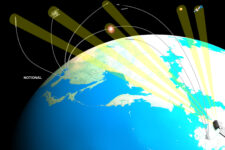
As anxiety rises over North Korean rocket tests, the Missile Defense Agency needs better radar to tell threats apart. Which of those distant blips is an InterContinental Ballistic Missile (ICBM) warhead capable of hitting the US? Which is a burnt-out rocket boaster coasting harmlessly through space? Which is a decoy warhead designed to make MDA…
By Sydney J. Freedberg Jr.

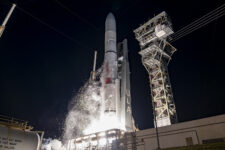

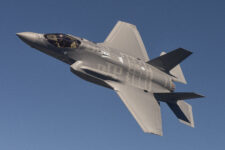



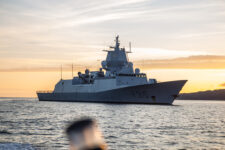








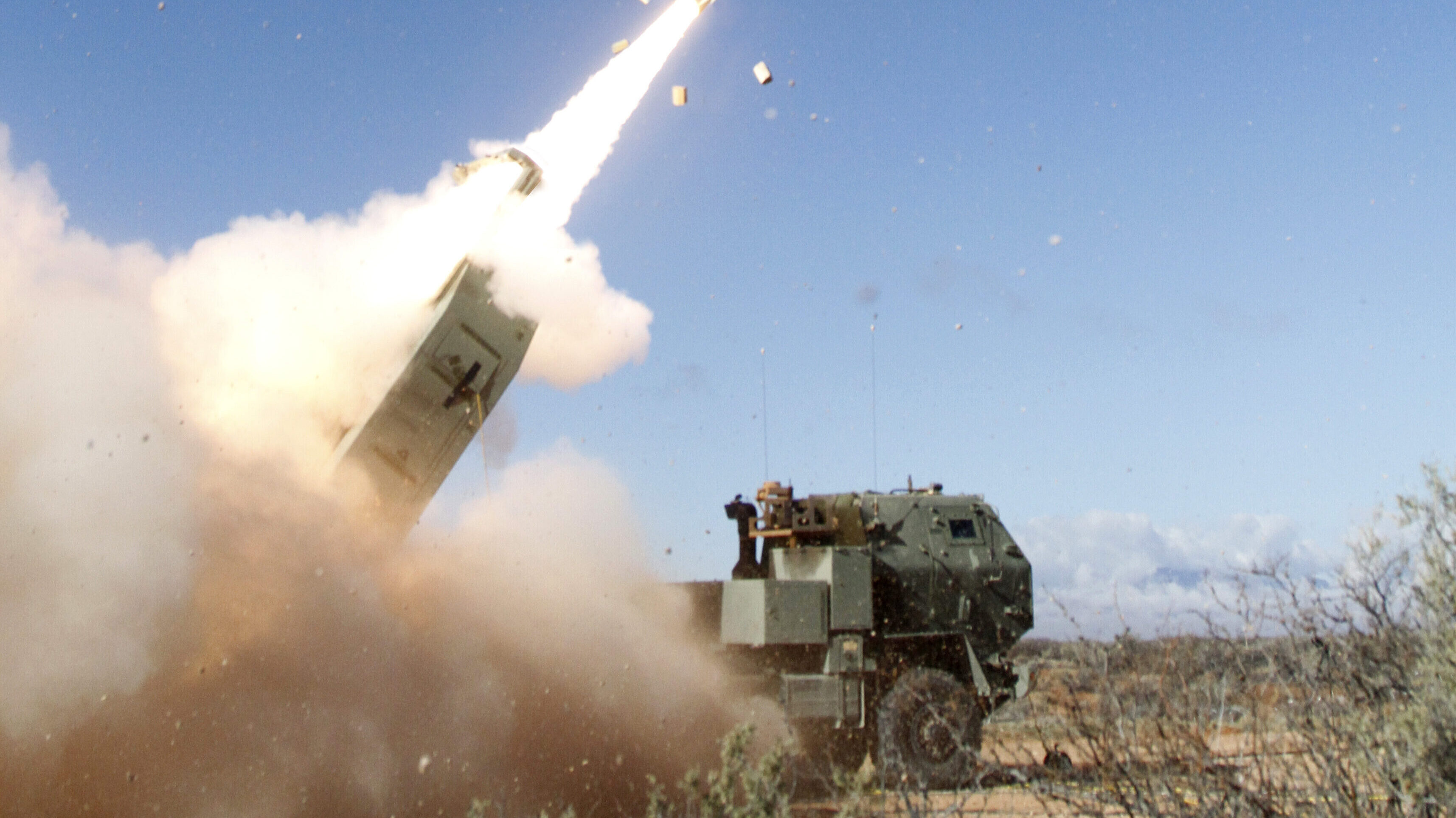
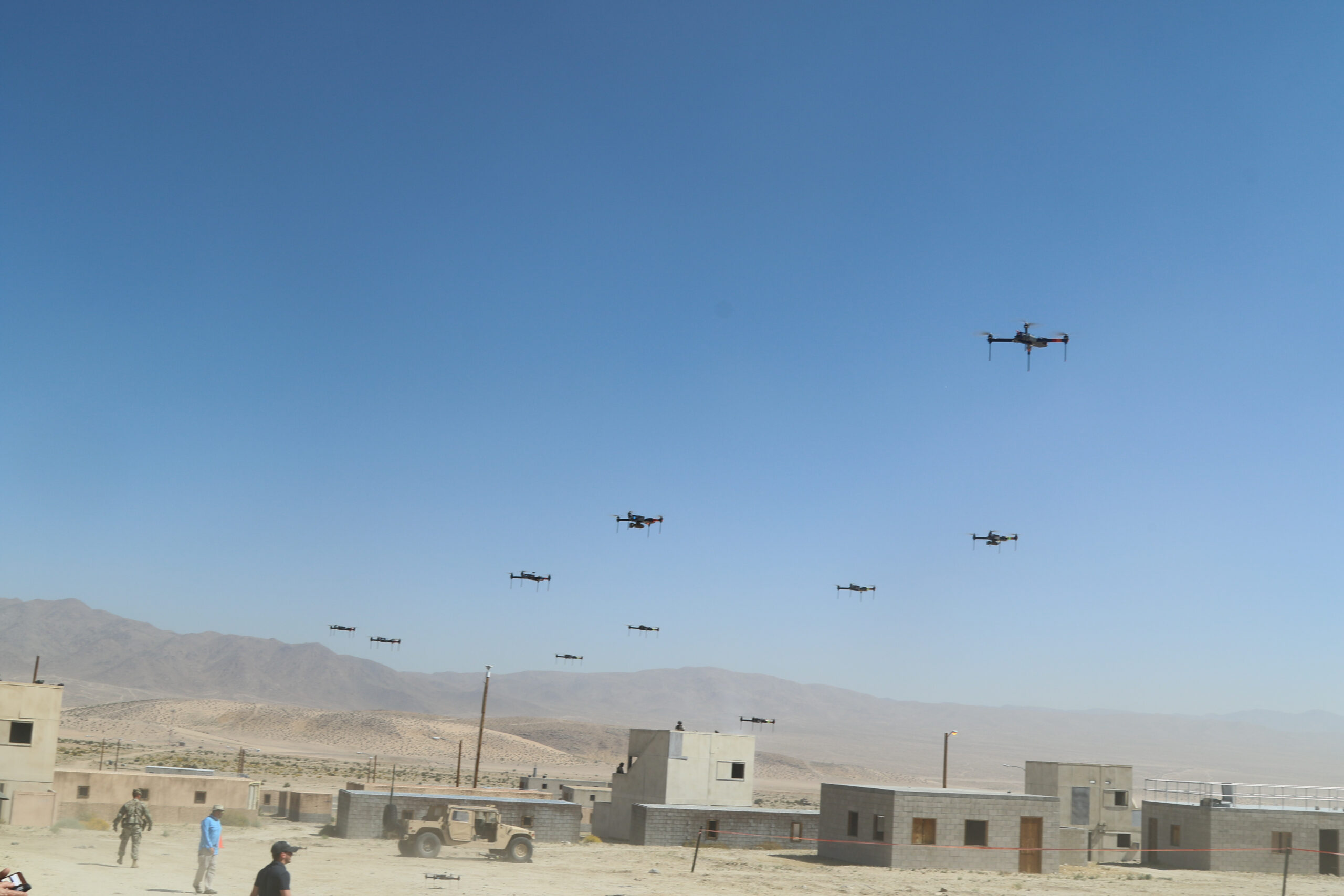

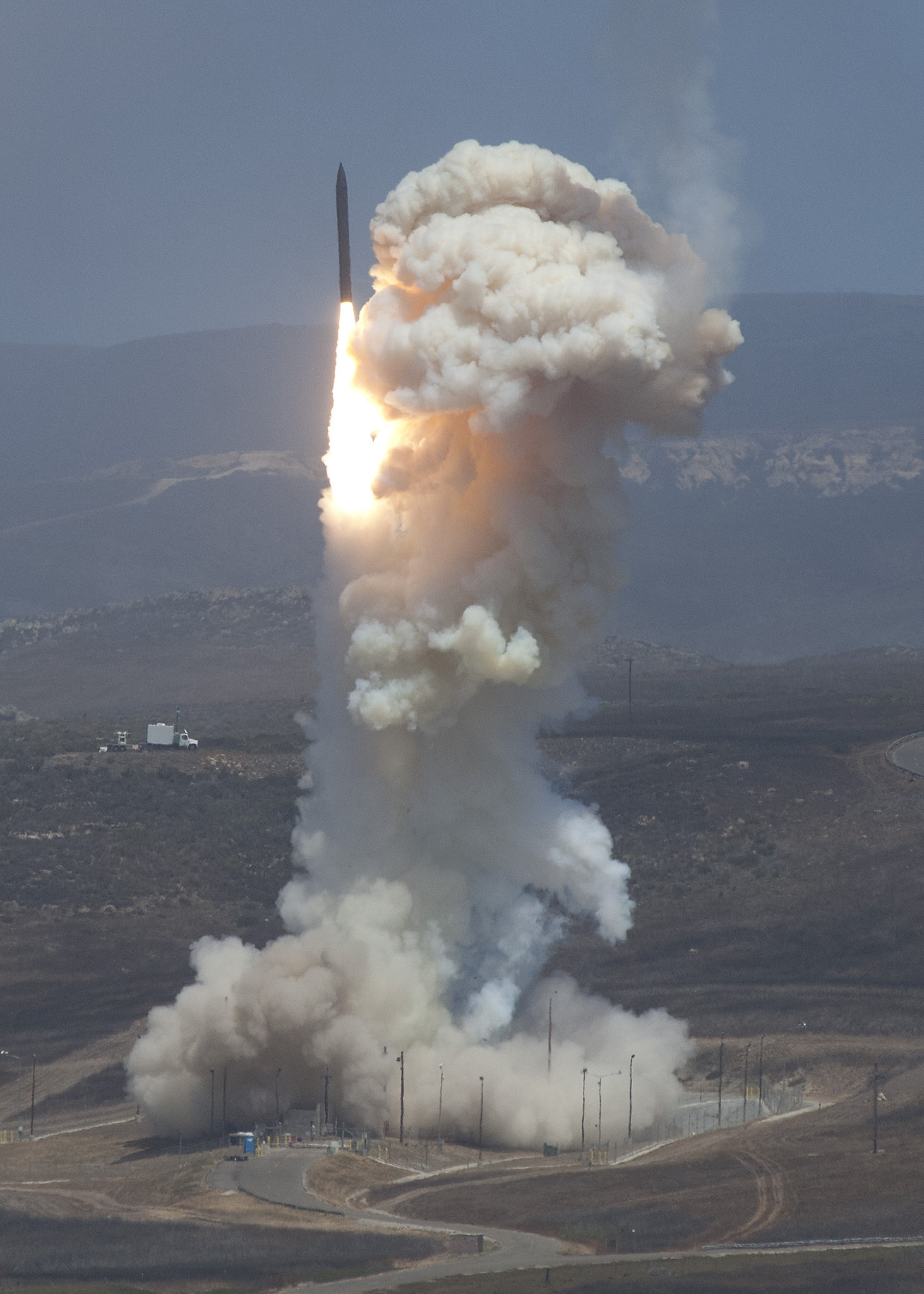
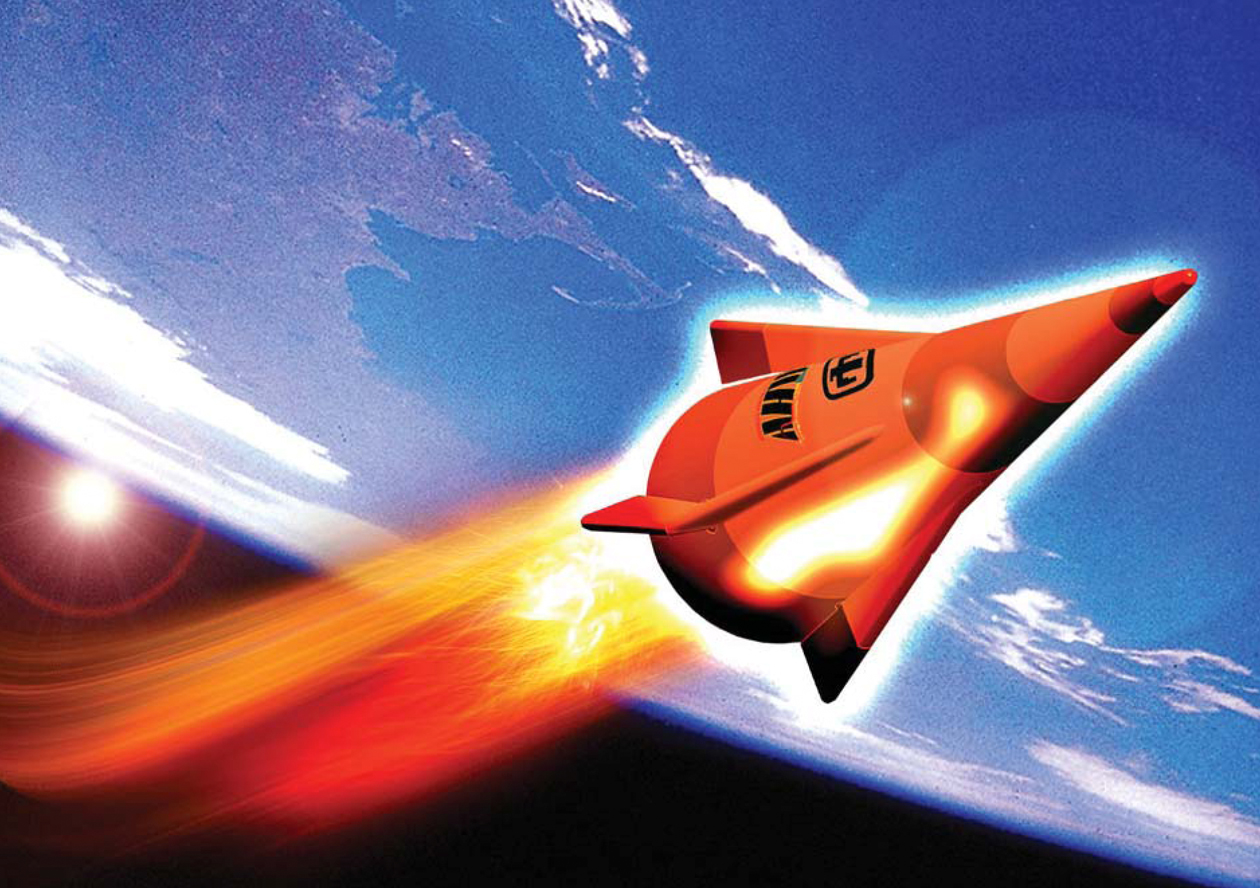
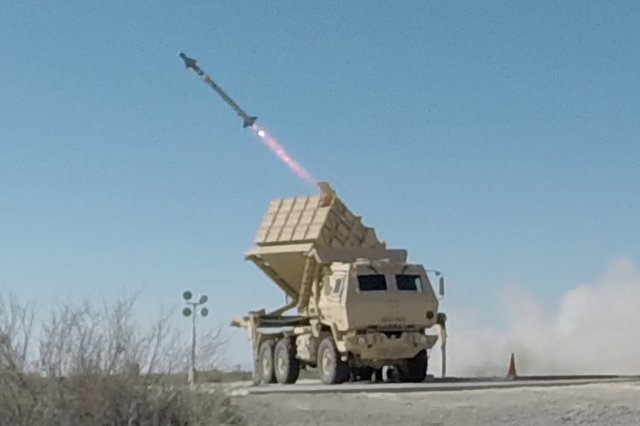
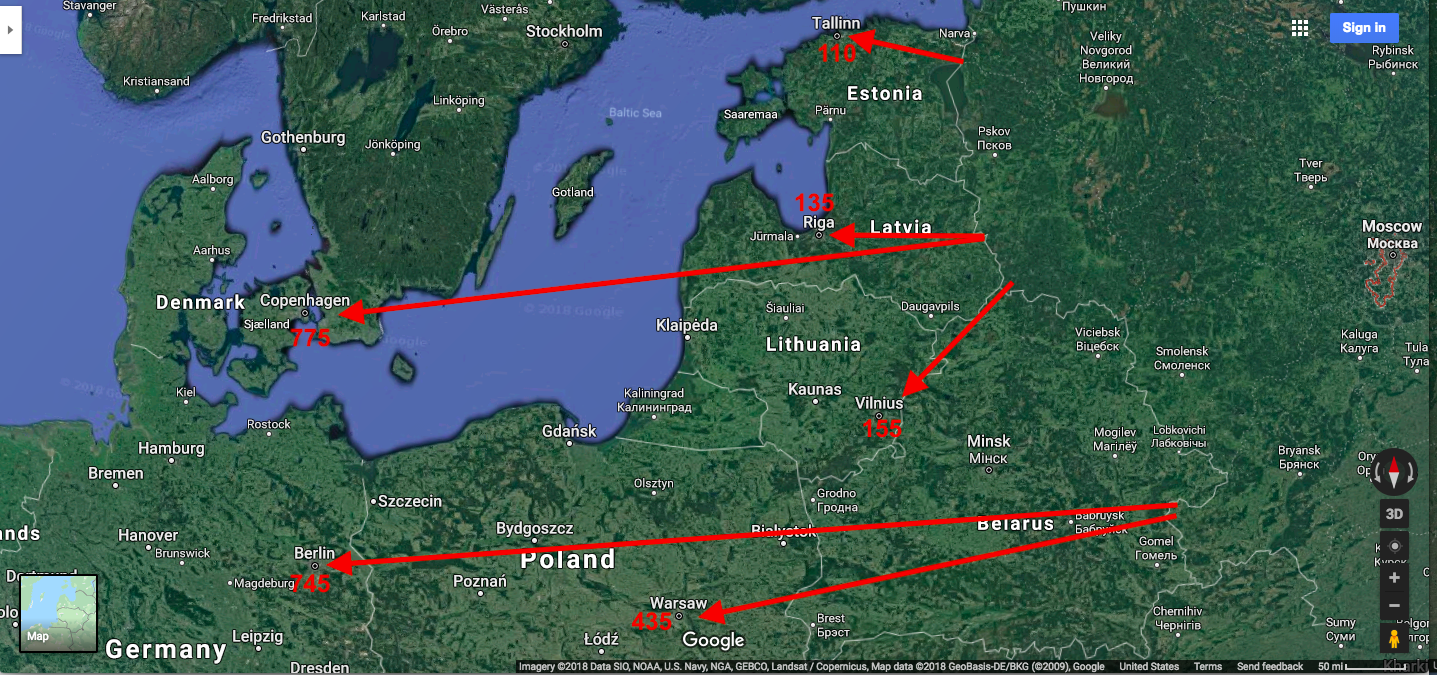


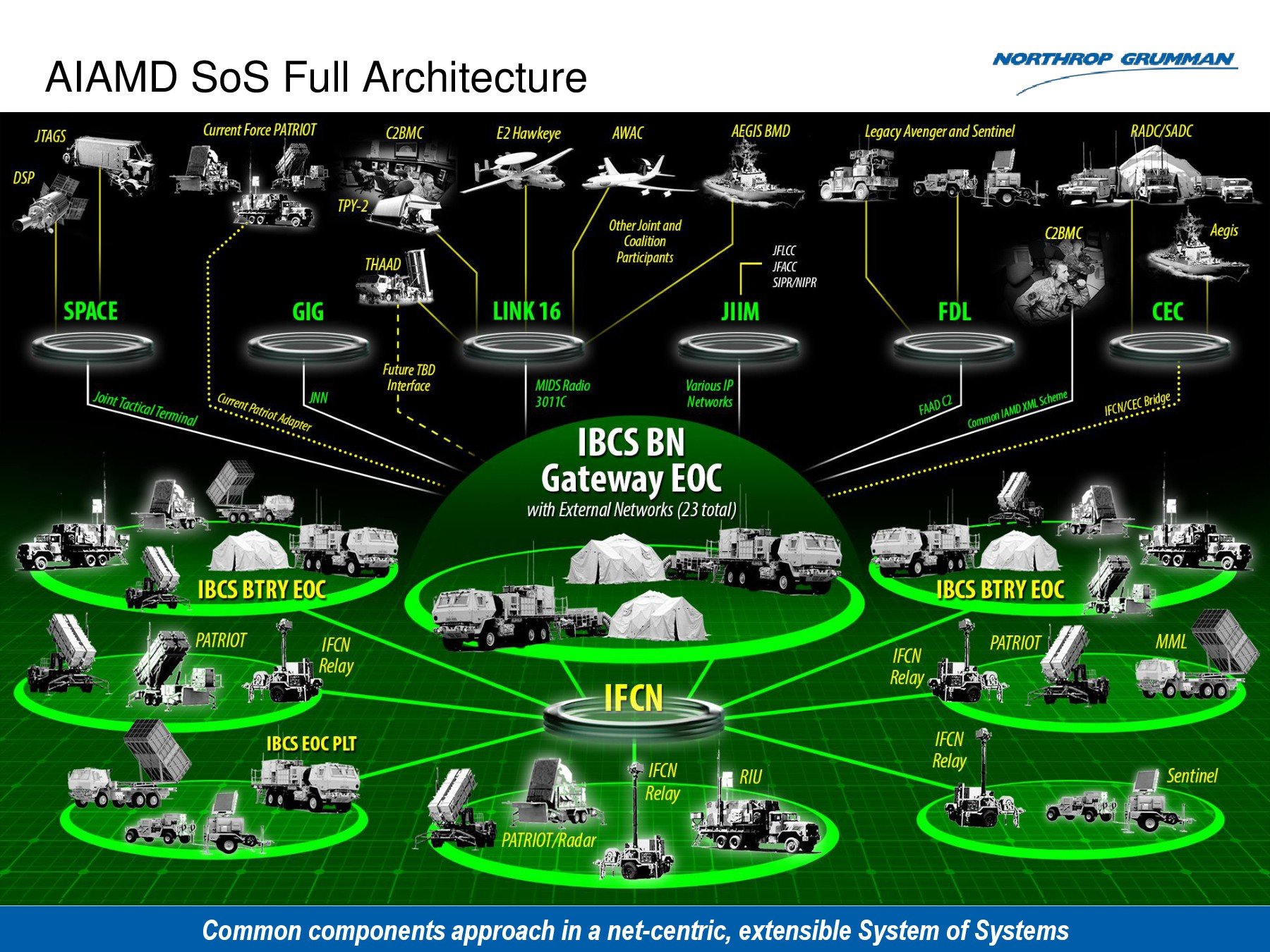
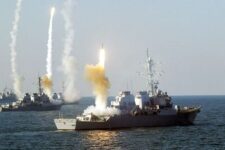
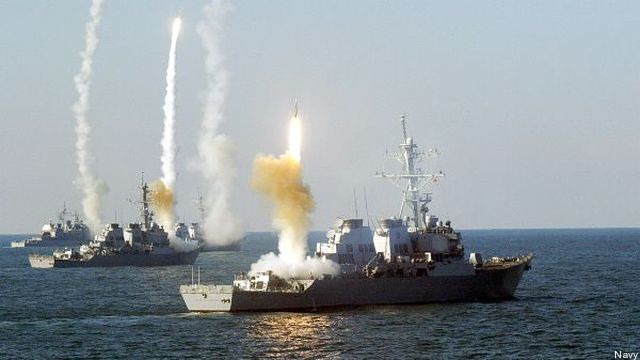
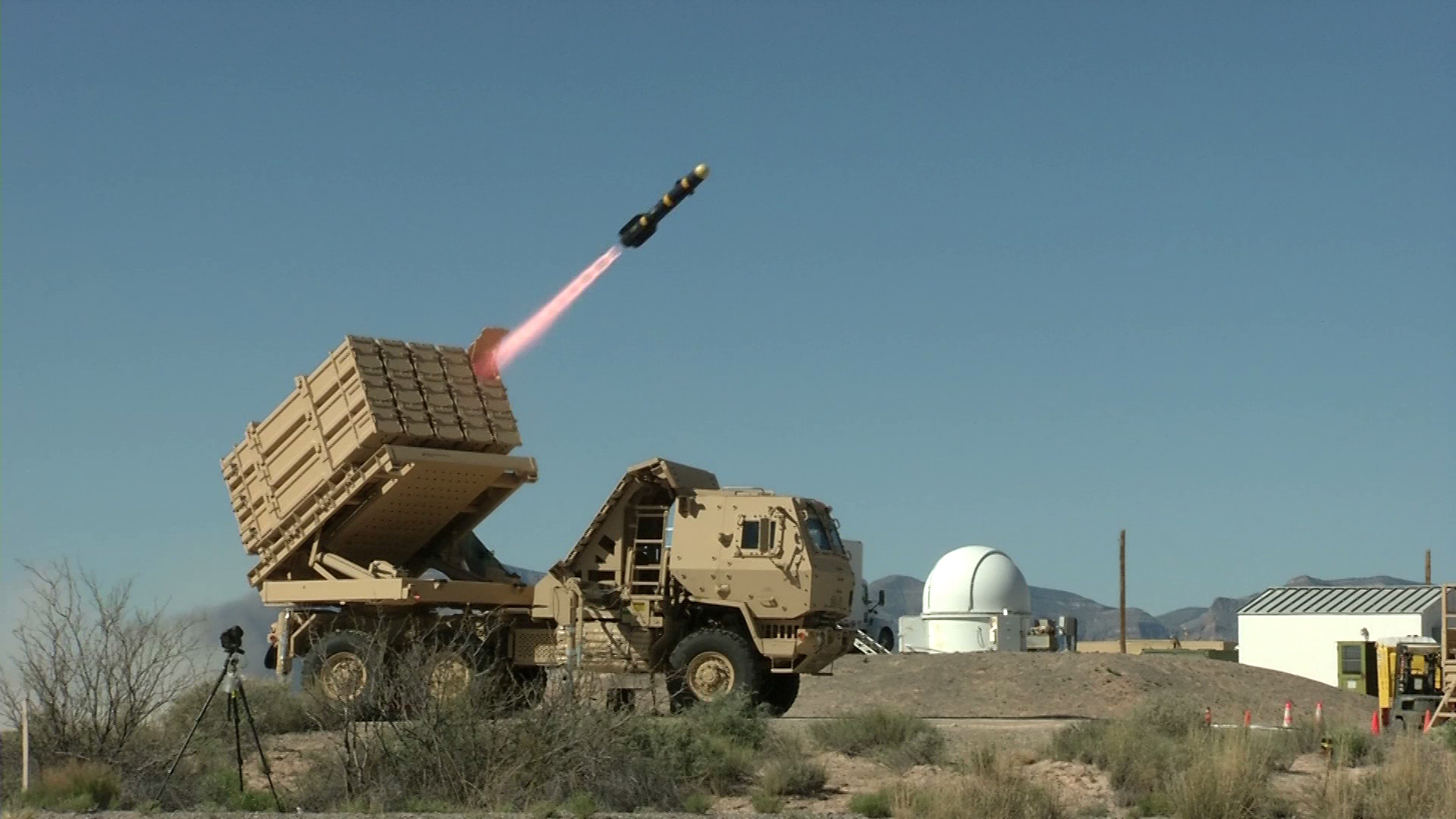

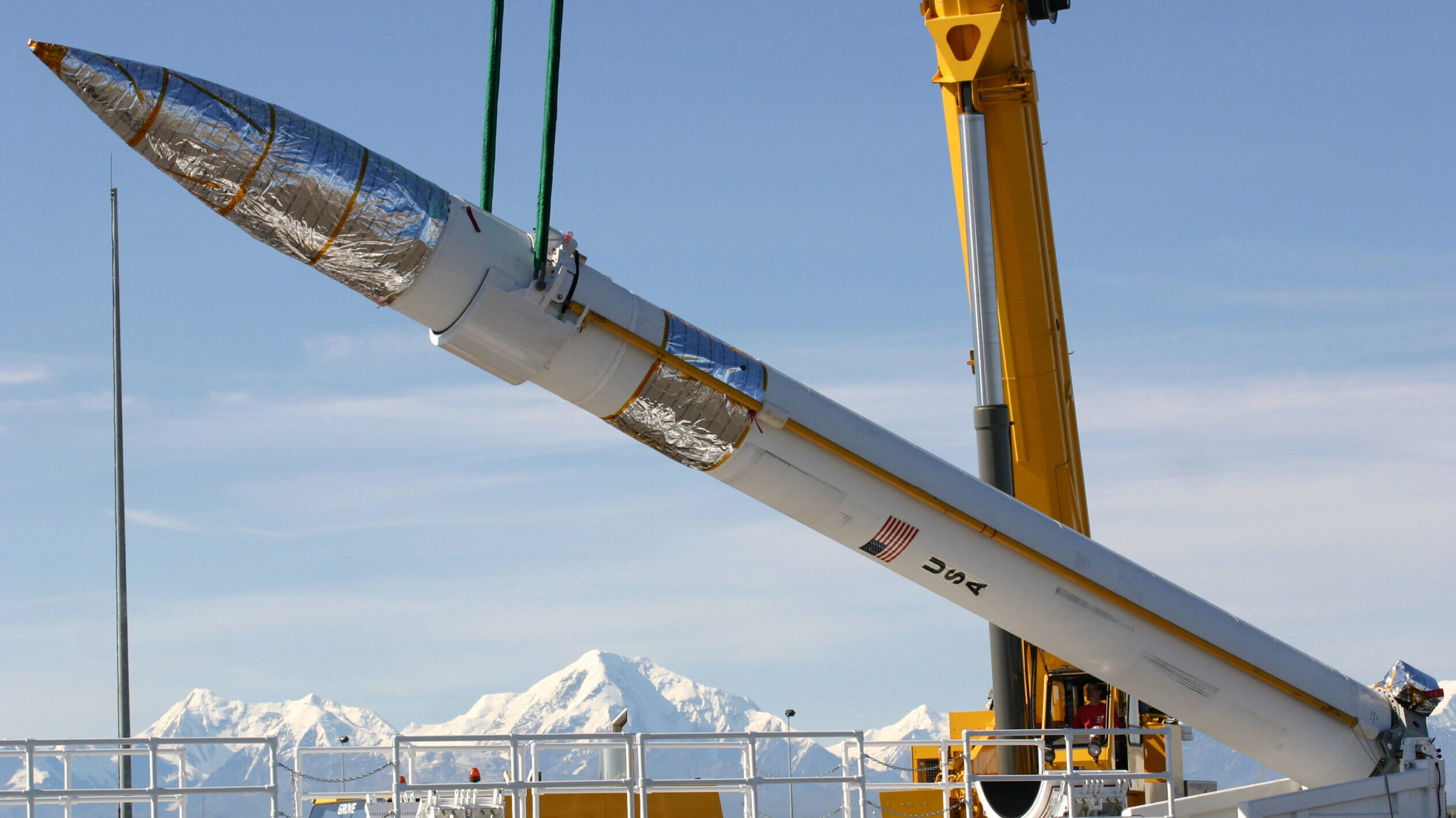
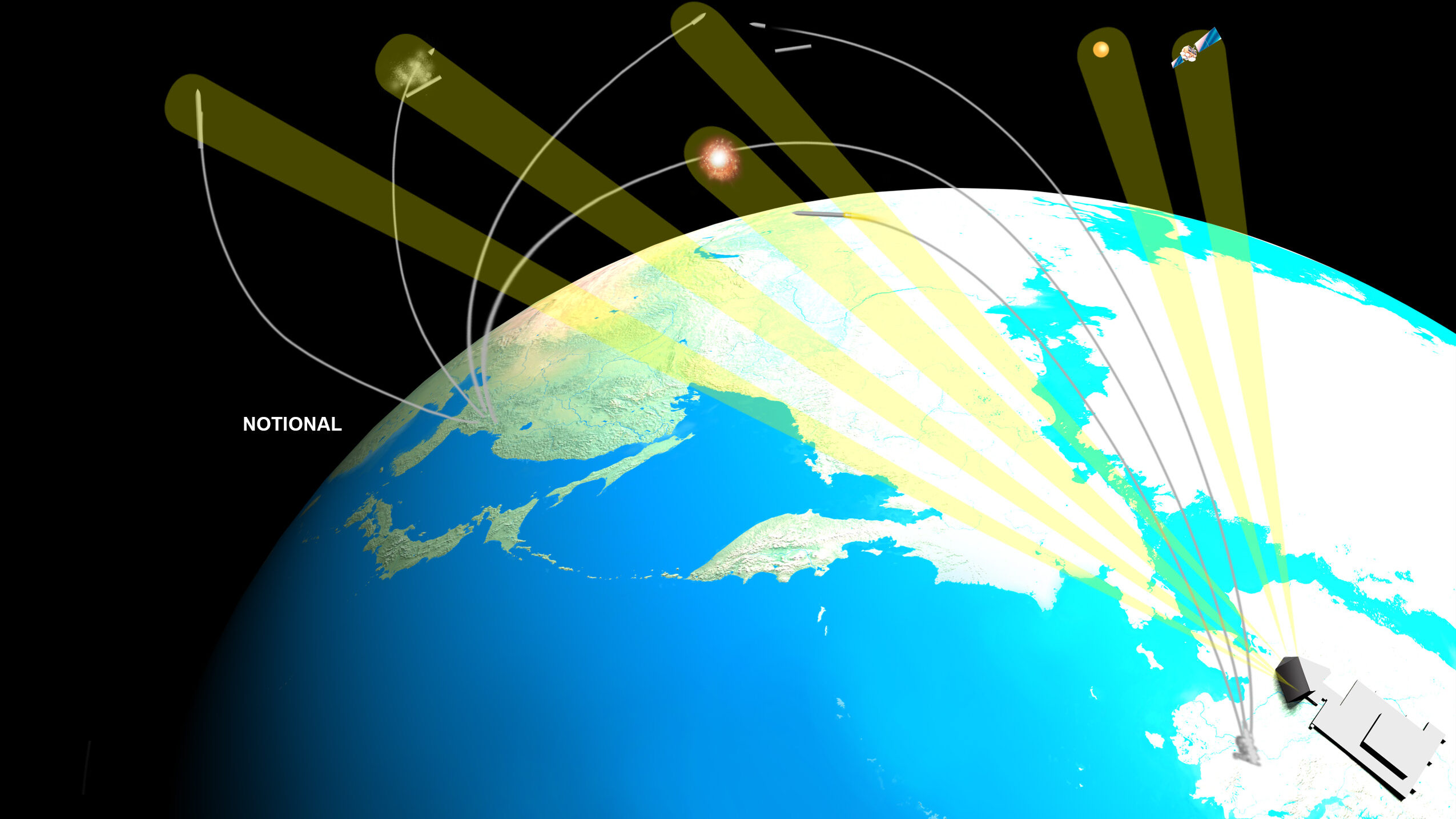
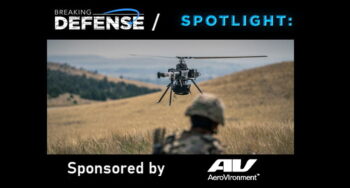
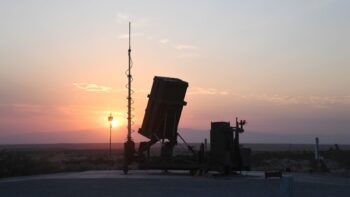

![E-2D_AR_1[1]](https://breakingdefense.com/wp-content/uploads/sites/3/2024/10/E-2D_AR_11-350x233.png)
